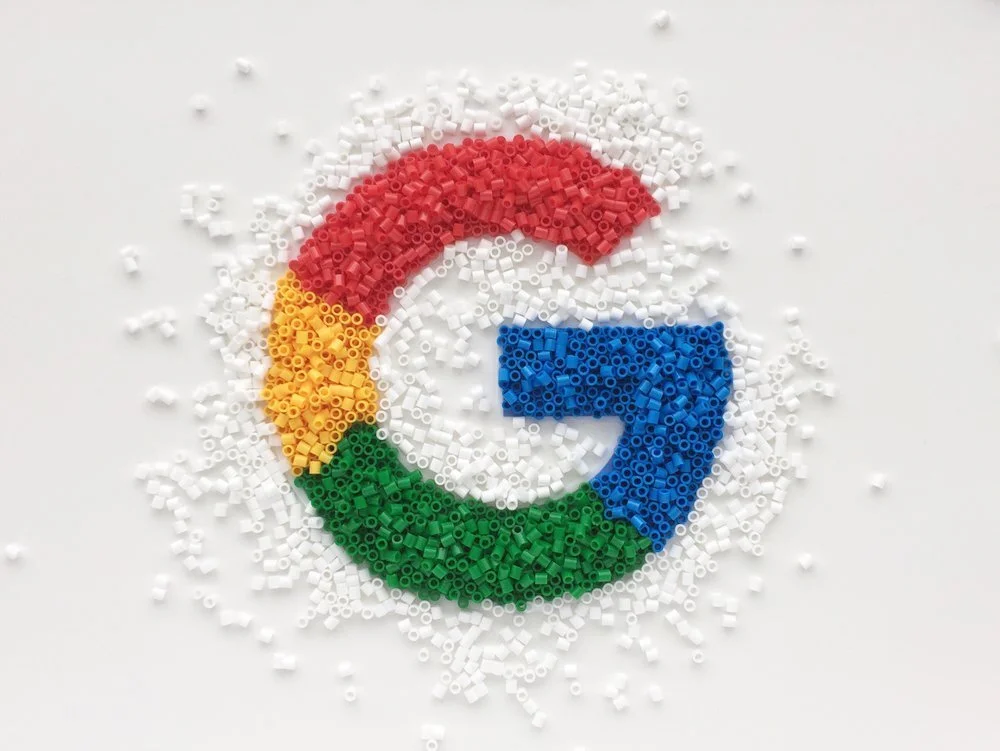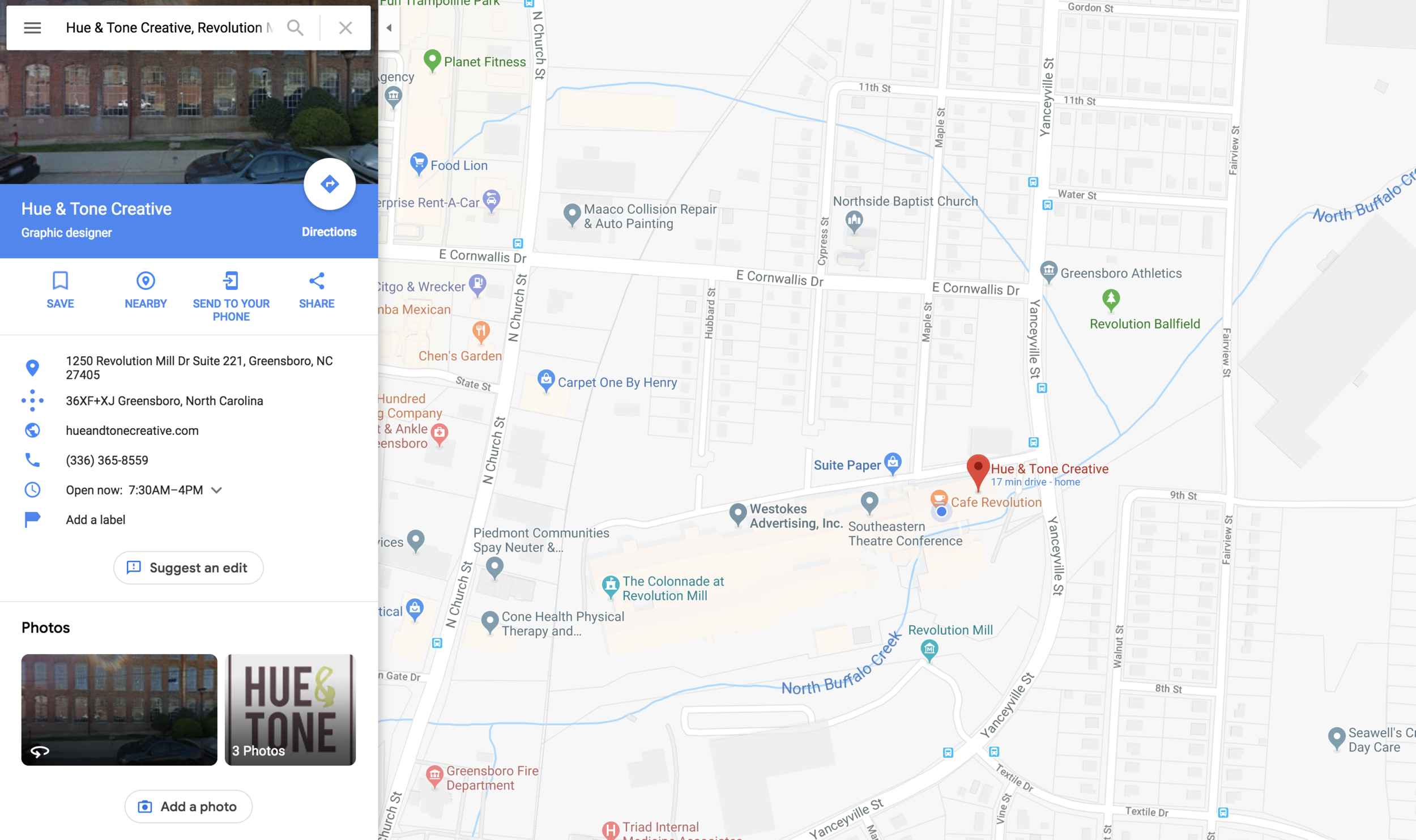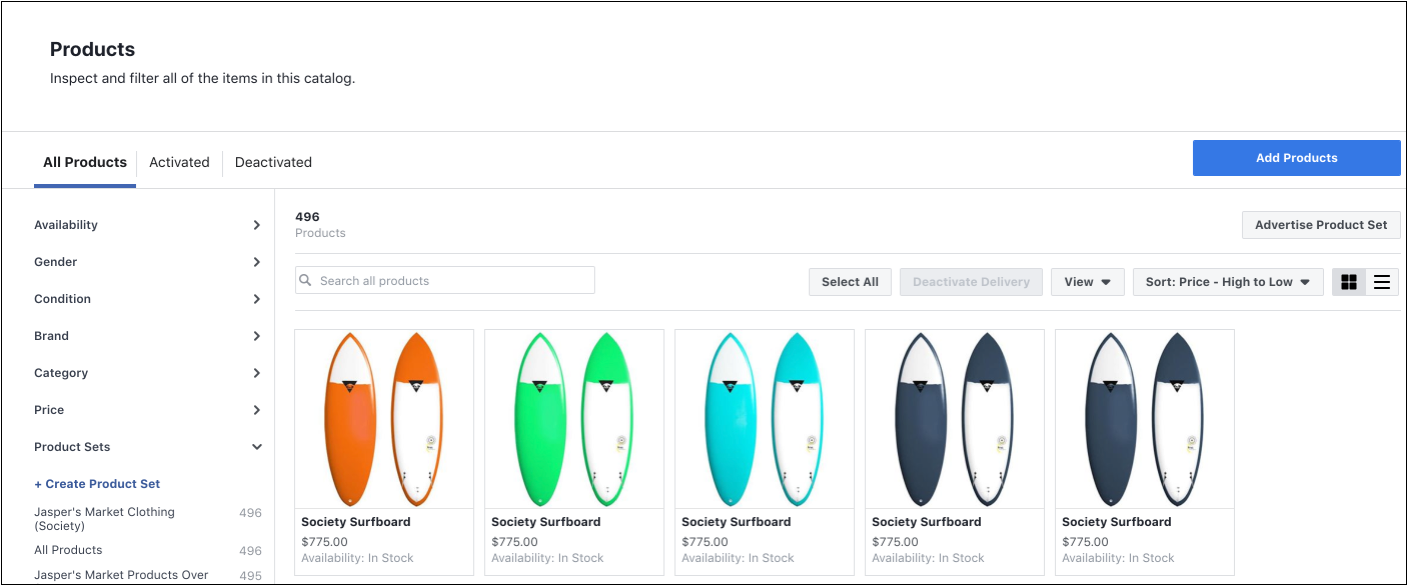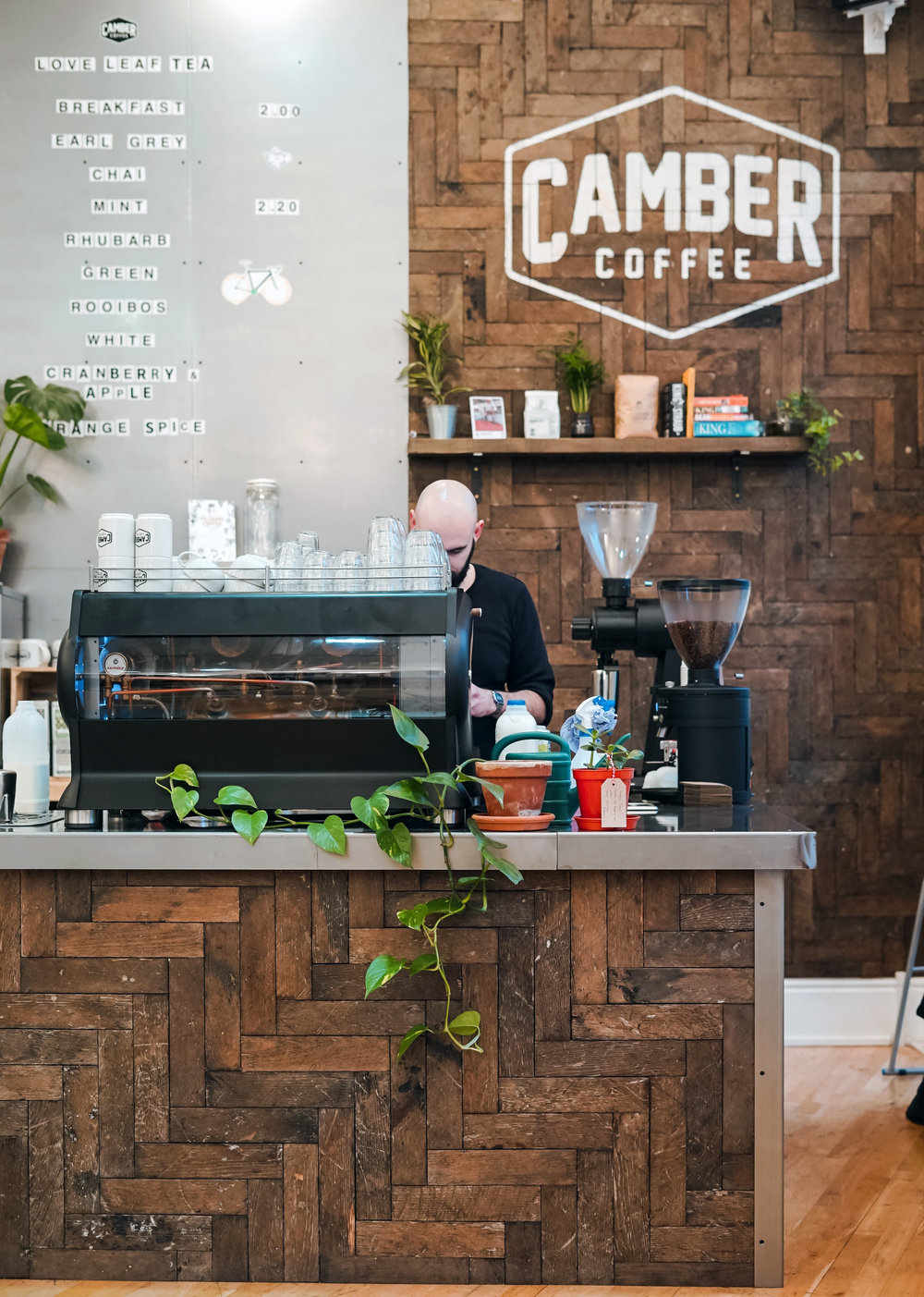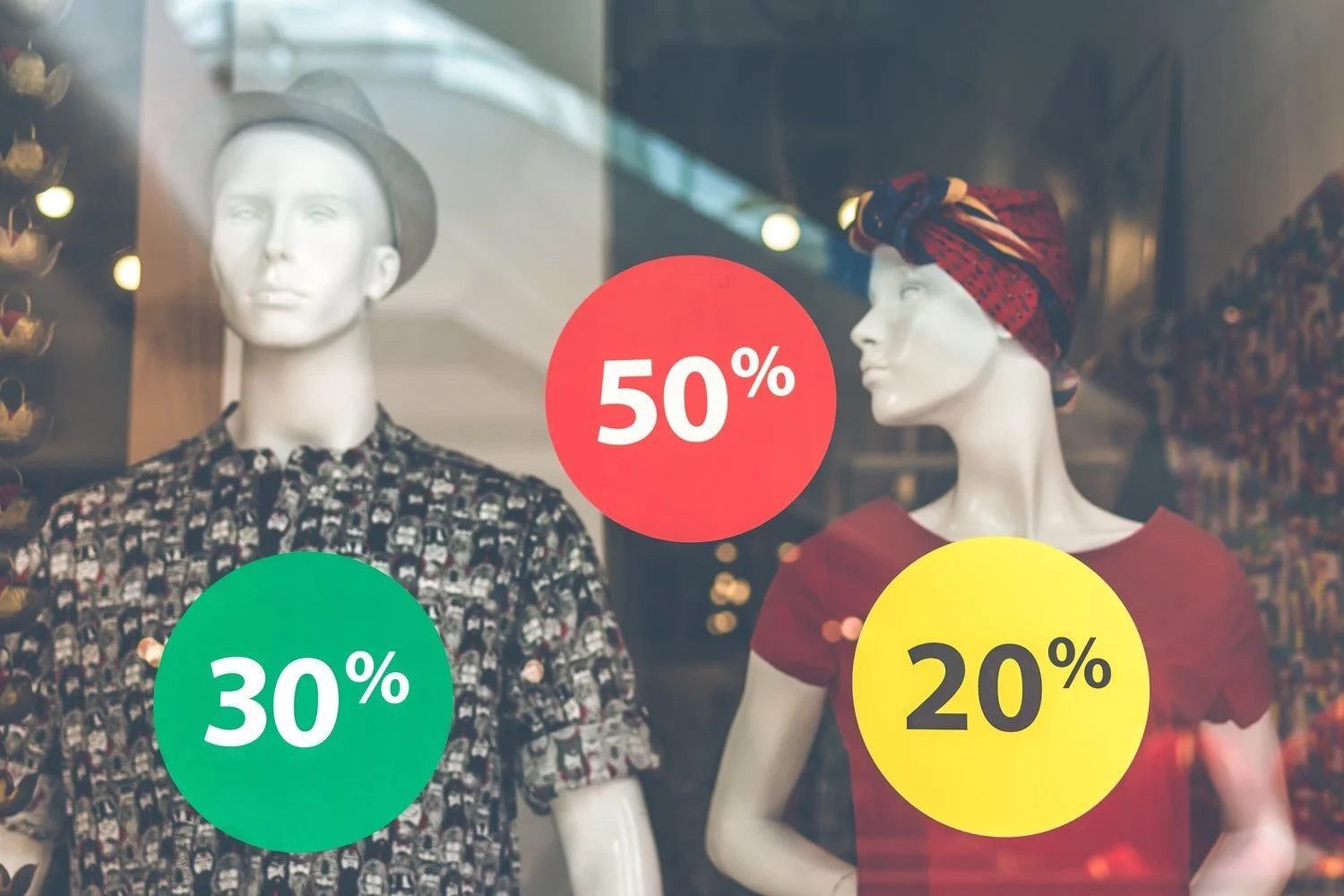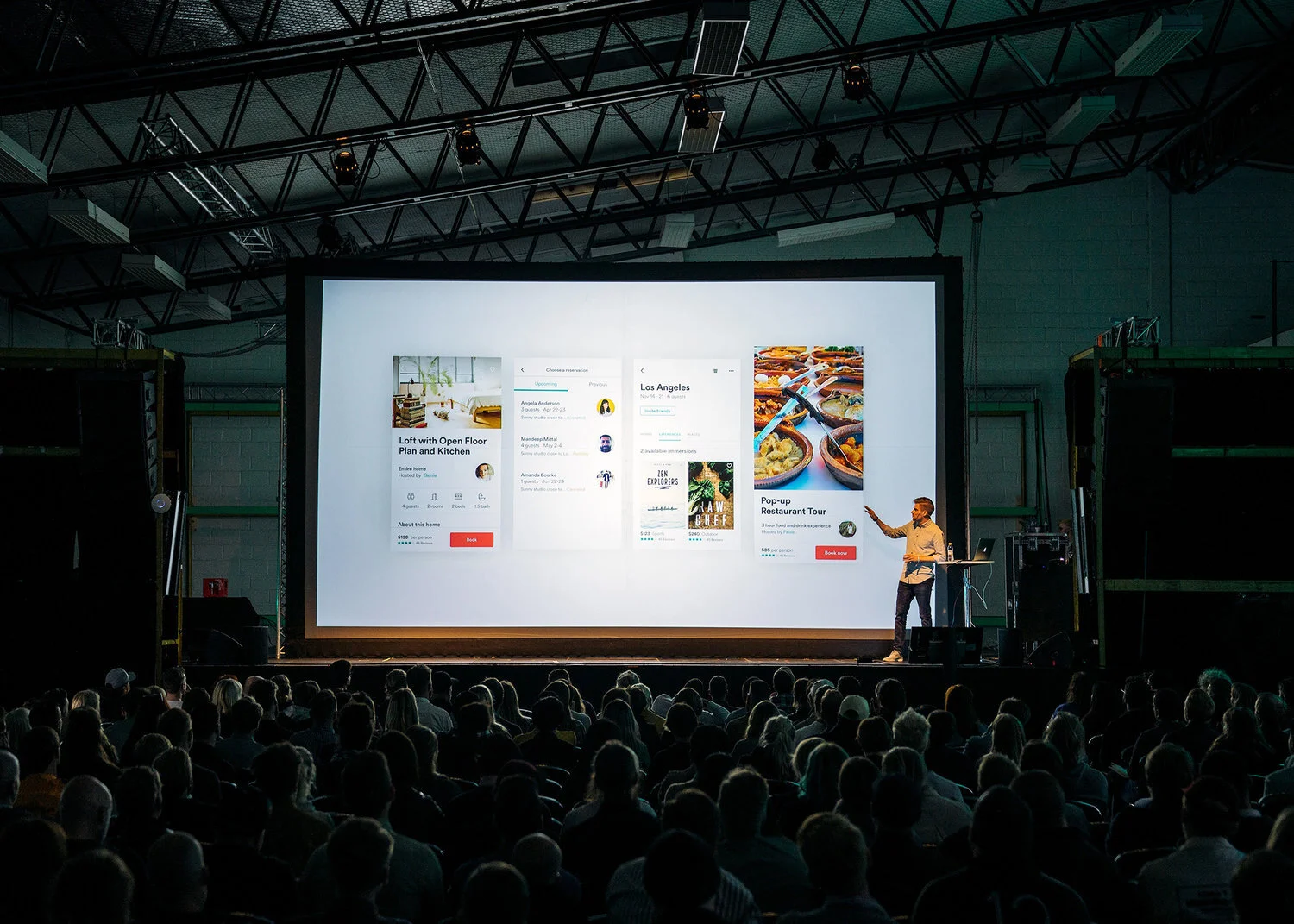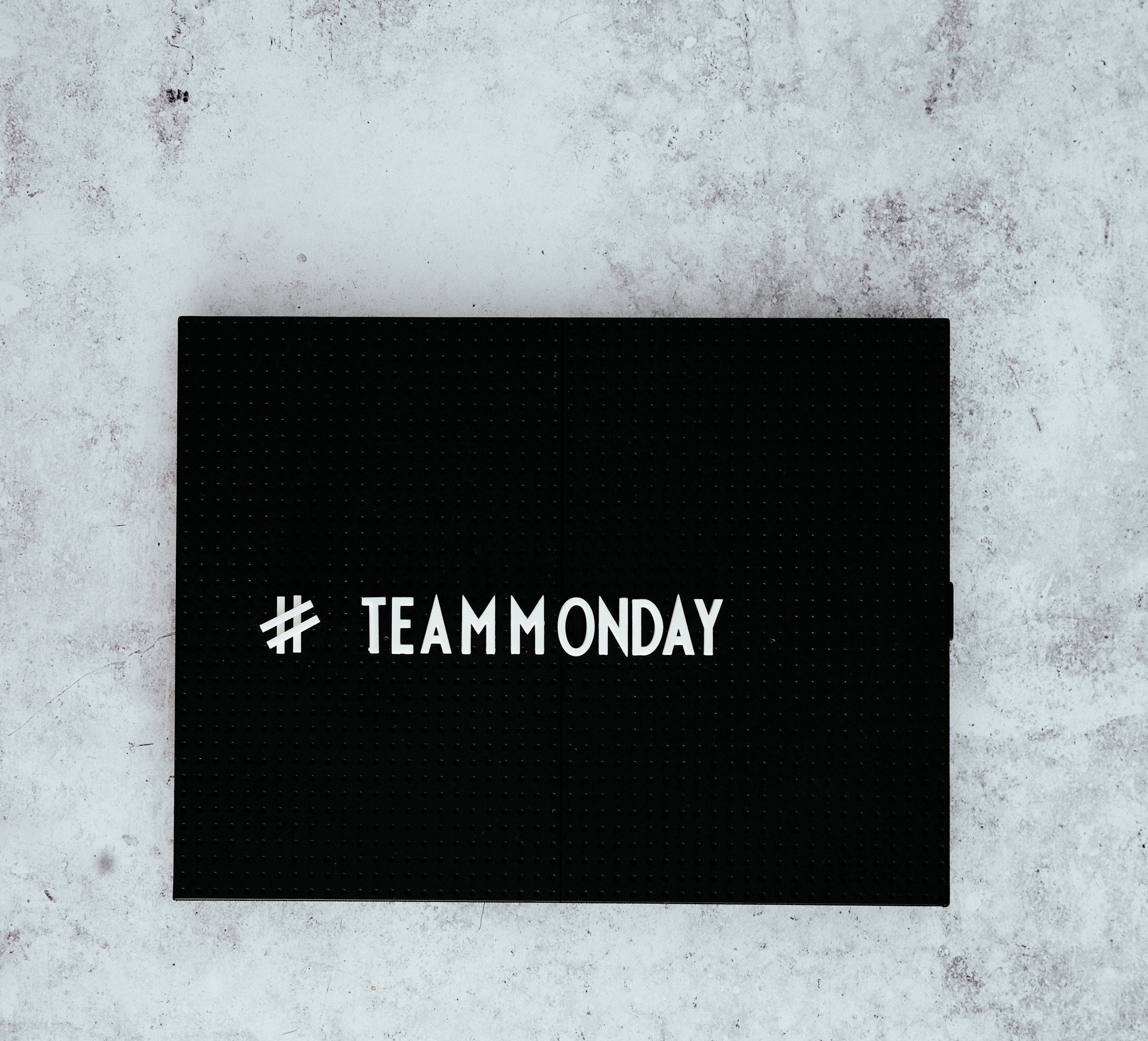Creating a strong online presence for your development project allows you to widen your reach and share information with interested people and businesses. In addition to capturing the essence of your city or surroundings, your website should also follow a few marketing best practices in order to enhance your effectiveness.
The things that make an economic development website great are the same things that make any website a dream: intuitive navigation, on-trend branding, and clear messaging. But what else can really help your website stand out from the pack?
Whether you’re starting from scratch or looking to overhaul what you’ve currently got, here are eight useful tips to help you get the most out of your economic development website.
1. Make your mission clear
If you want to stand out, your mission needs to be clear, inspiring and distinguishable from the competition. The overarching goal for any economic development campaign is to connect with prospective companies about why you’re a good fit for their company.
To lure potential job creators to your area, you’ll need to thoroughly develop your mission statement and make sure it’s clear who you’re targeting, how your site or area will benefit them, how you plan to engage them, and what the next steps will be.
2. Show off your support
No one does economic development alone –chances are you have a handful of partner organizations and public or private financial backing. People should easily be able to determine who is involved with your project, and what portions of the project they are involved with.
However, just adding this information to your website isn’t enough –you’ll want to keep people updated as your project progresses. It can take years for a project to go from the idea stage to groundbreaking, and staying active on social media or sending out a monthly newsletter can help keep people bought in to your project.
3. Use statistics sensibly
If you are using statistics to support something you’ve said or to support the value of your mission, make sure they’re up-to-date, accurate, and applicable. If you try engineering semi-relevant stats to fit your message, you’ll just end up confusing your audience.
Use tailored statistics and use them sparingly to make the most impact on your audience.
4. Disclose individual contacts
Don’t use generic email addresses like info@mywebsite.com or contact@mywebsite.com. Potential site consultants will want to be able to do research on all parties involved and want to know they’re about to build a personal connection with someone.
We suggest including the name, job title, email address, contact number and photo of each of your employees.
5. Stick to the three-click rule
You might have lots of really great content on your website, but if your visitors can’t find it, it’s not going to be doing you any good. The less clicks visitors have to make the better!
As a general rule, you don’t want to make pertinent information further than three clicks away from any given location on your site.
6. Don’t cut corners on imagery
The look and feel of your online presence is clearly important –but it’s not just about branding. When you’re choosing your imagery, don’t cut corners on the quality.
There will be times when you’re selling a vision for a mid-construction project, which means you may have to use stock photography. If that’s the case, look for images that feel authentic. Try to target stock images that all have a similar style so that your site looks cohesive.
If you’re in the early stages of a project, we suggest incorporating lots of placemaking imagery to give prospects a better sense of your community. Photos of lively town centers will help balance out the sterile feel of elevation drawings and floorplans.
7. Boast about your buy-in
If you’re in the early stages of a project or are searching for an anchor tenant, community buy-in matters. Showing off major backers will definitely turn heads -- but if you’re stretched for valuable web content don’t limit yourself to just the big names.
Consider compiling a semi-exhaustive directory of all the small businesses and civic leaders who are engaged with your project. Pull quotes that highlight public support to convey a feeling of success…before you’ve even broken ground.
8. Keep it fresh
Keeping your stats up-to-date is one thing, keeping the rest of your content fresh is another. When a project is in a construction lull, or you’re waiting for permits to come through, it can be easy to let your content get stale.
To make sure you don’t fall into a rut, we suggest putting together a content calendar together that highlights key developments for the next year. This will help you brainstorm relevant content for the down times and force you to think outside of the box. Just be sure to keep revisiting your content calendar as construction schedules change!









